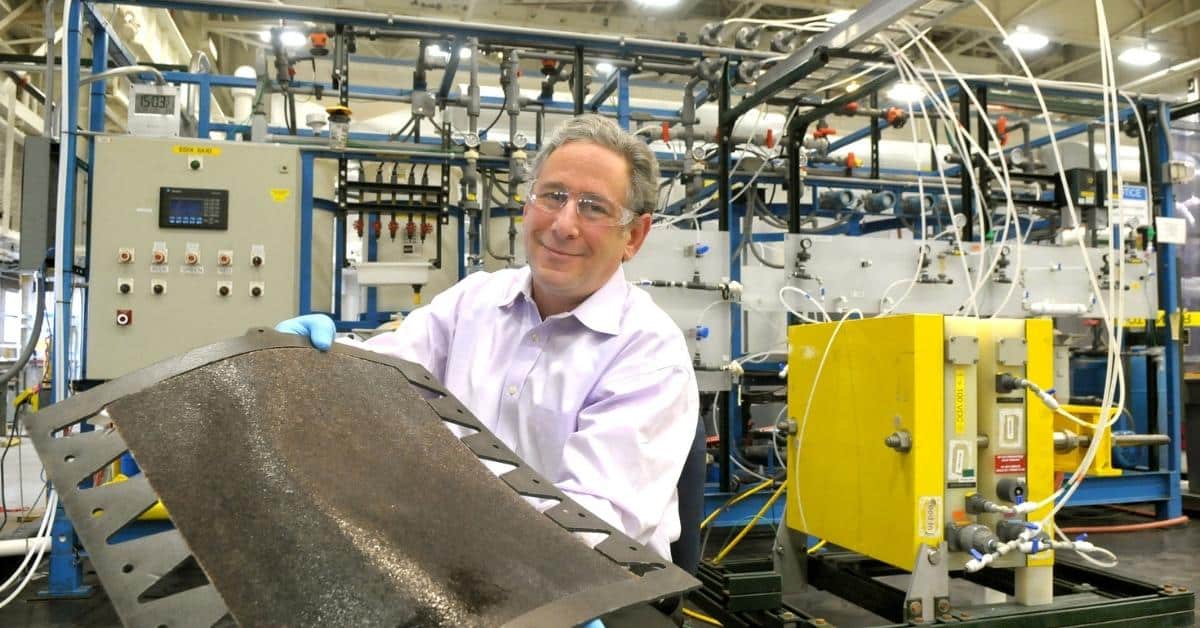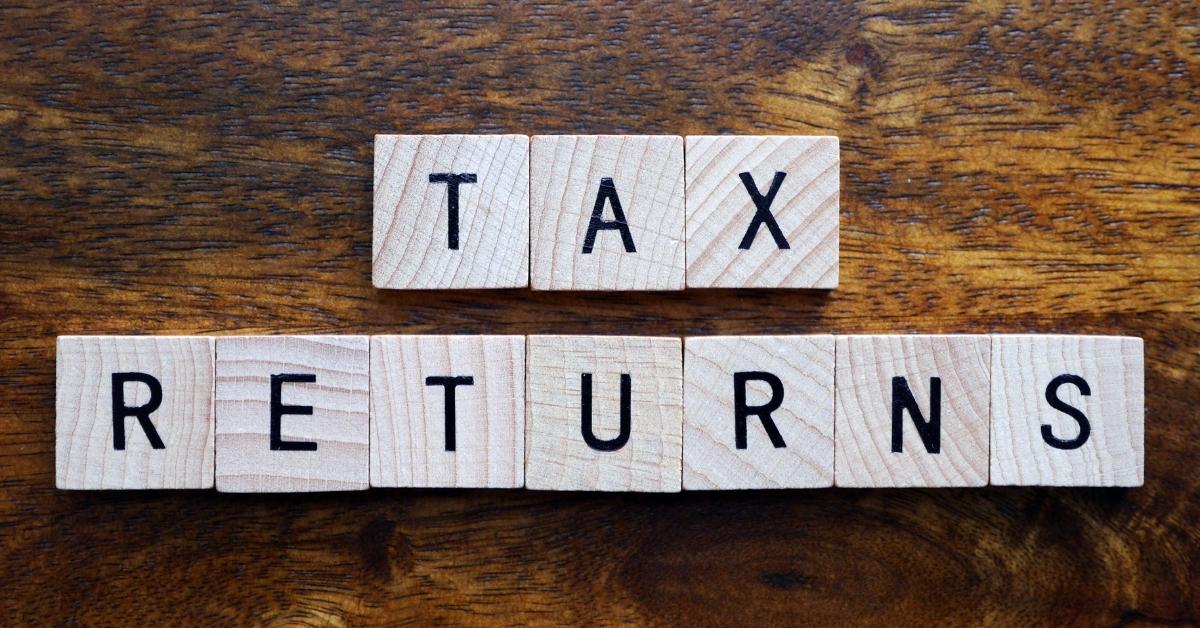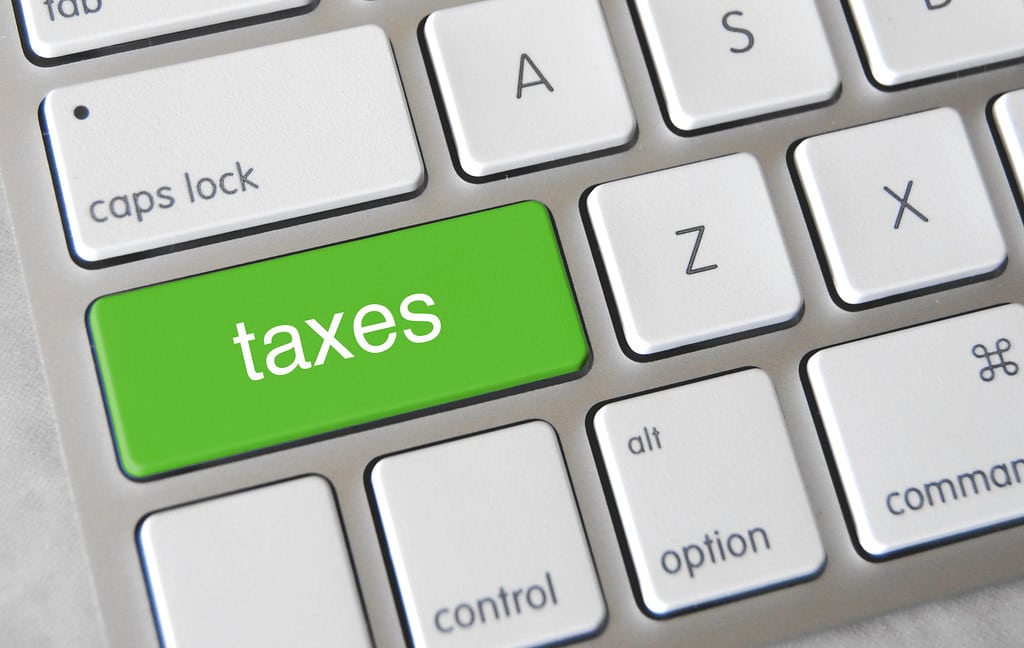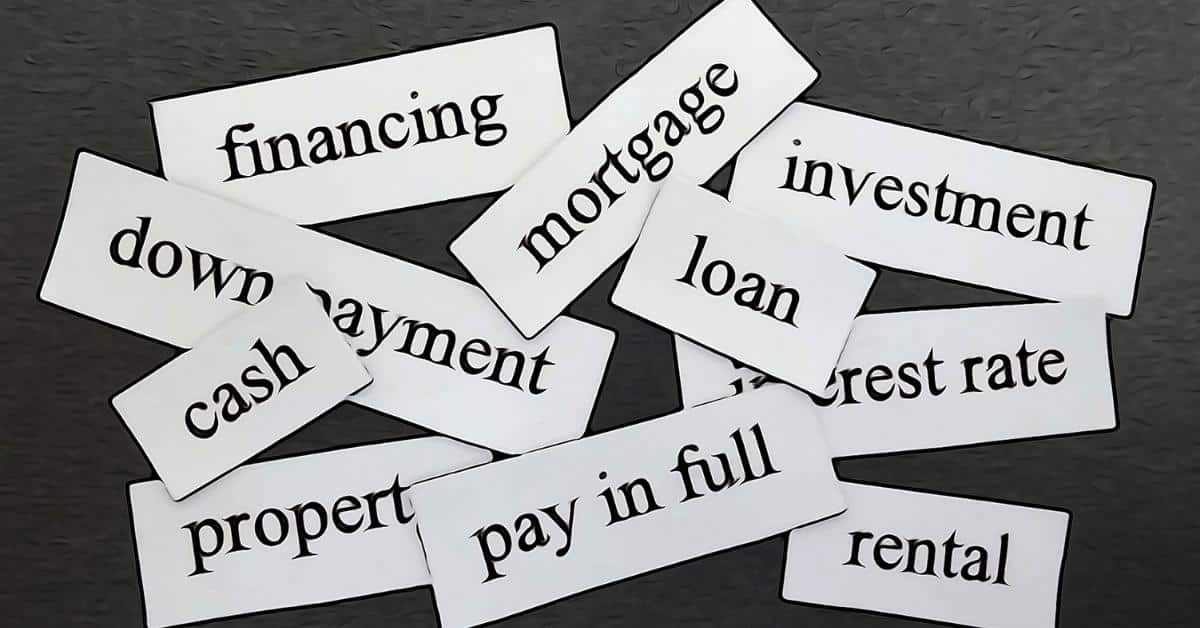Capital expenditures (CapEx) are complex to calculate. Partially due to confusion over what classifies as a capital expenditure and what to include in these calculations.
Incorrectly calculating CapEx could result in poor investments and hefty penalties from the IRS. As a rental property investor or real estate holder, you may not have experience with these calculations.
So, we created a guide covering what in each accounting class makes up Capital Expenditures, information about the IRS tax code relating to these capital assets, and the formula for calculating them.
Funds used by a company to purchase or upgrade tangible assets, known as Principal, Plant, and Equipment (PP&E), are capital expenditures. Capital expenditures include investment costs for upgrading PP&E and intangible assets like land use rights, software licenses, and easements.

When it comes to tangible assets, there should be no confusion. These are real assets the company purchases that they could sell to raise capital. However, intangible assets can be a bit more challenging.
An intangible asset considered a capital expense would be the purchase of an easement required for business operations that the company holds with little to no value outside the business's scope.
Example: An electric company owns easements that they use to run utility lines. The company can't sell the easements to generate capital because they are unusable. However, they are necessary for the power company to operate. So, the purchase of these assets is a capital expenditure.
Capital expenditures are confusing because you do not count them during the first year after you purchase them. Instead, these purchases are amortized over the life expectancy of the investment, whether a vehicle, building, pool, roof, or any other expense that adds value to the business.
There are some discrepancies in various sources in regards to capital expenditures. However, the Government Accounting Standards Board (GASB) released Statement 51 in June of 2007 to clarify the matter for government entities.
Some sources state that you should not include intangible assets in capital expenditures. However, that is not always the case. According to GASB Statement 51, intangible assets like water rights, mineral rights, timber rights, easements, and computer programs are capital expenditures.
The IRS laws on capital expenditures are similar. They require you to take deductions for most capital assets, including some intangible assets, over an amortization period equal to the investment's life expectancy.
So, all tangible assets and some non-tangible assets are considered capital expenditures. The intangible assets the GASB and IRS list as capital expenditures are those with a useful life of more than a year that adds value to the business or entity.
The classification of these assets is vital to organizations and private and publicly-traded companies for different reasons. The IRS wants to ensure business owners are clear on what classifies as an expense or expenditure, so they take deductions during the appropriate tax year. Government agencies and private companies need to use a standard of information to determine the benefits of their assets and correctly calculate business values.
Capital expenditures are essential to businesses for several reasons. Understanding capital expenditures is critical for taxes and business valuations for business owners and investors.
When you file your business taxes, the IRS will not allow you to deduct capital expenditures. Regarding tax filing, the IRS looks at these purchases as an asset. It adds value to the business.

While the company spends money to acquire these items, and in some cases, businesses sell the equipment or property to raise capital to fund future business expansion. So, the IRS will not allow you to deduct the total amount during the purchase year. Instead, you can take a depreciation deduction each year throughout the asset's lifecycle.
When determining the value of a business, capital investments increase the value. So, when valuing two firms with similar financials, the company that owns its facilities would be more valuable than the company leasing its space. The same goes for equipment, vehicles, servers, and other business assets.
However, business analysts are not only concerned with including capital investments as assets to the business. They also want to know how much depreciation credit the company will receive over the lifespan of its equipment and how that affects the cash flow.
A business owner may use the cost of capital expenditures to determine the asset's value. It helps business owners see how that investment is benefiting the company. If the purchase has little to no long-term value for a company, they should shift their investments to assets that generate a higher rate of return.
Capital expenditures differ from other operating expenses because companies do not list them as expenses on their income statement. Instead, they are included as PP&E and intangible assets (IA) on the balance sheet for the business as an asset.
These expenses have a reasonable period that usually extends for many years. Still, they must have a useful life of more than a year before being considered a capital expenditure. These items add to the value of the business and may help the company expand or bring new products to market.
Another way to explain capital expenditures is through the difference between an expense and an expenditure. Expenses are tax deductible items a business has to pay for, for daily operation, like:
Expenses are necessary but add no value to the business. In contrast, an expenditure increases the value of the company.
Numerous assets add to the value of your business and assist you in generating capital. If you are a first-time business owner or new to calculating a business balance sheet, you need to understand what to include.
A building is one of the most significant capital expenditures. These are one of the more manageable expenditures to calculate because they are large purchases you can sell to raise funds. They are also considered an asset in business valuations and will likely increase the value of the business to potential buyers.
Land purchased for the use of the business operations also adds value in that the business can sell the property to recoup some or all of the initial investment.
Another significant expenditure for some manufacturing businesses is equipment. For example, a machine shop may buy equipment worth hundreds of thousands which it uses to make its products. Not only do they add value to the business and allow it to operate, but the company could also sell them to purchase new machines.
Equipment does lose value over time. So, the IRS allows you to take depreciation on those capital expenditures.
Computer equipment is one of the categories that may represent more confusion for some people. Businesses frequently upgrade computer systems and software. So, the IRS allows you to use a modified accelerated cost recovery system (MACRS) method to calculate the depreciation of these assets.
The MACRS amortization allows for items with a faster depreciation rate to be amortized over the estimated useful life of the investment.
Furniture is considered an asset. You use it for years, and it has tangible value. So, it is an expenditure. When calculating the amortization for furniture, you can use the five-year model. Because furniture typically lasts for about five years.
That means you would depreciate your furniture expense by 20 percent each year during the five-year useful life.
Vehicles are another asset that starts depreciating immediately, but it still holds a significant dollar value for many years. If a business dissolves, the owners sell the vehicles and generate funds the firm must report.
Vehicle valuation for smaller businesses with one or two cars is not a significant concern in terms of valuation. However, for a company with m
Patents add value to a business, especially if they cover a popular product. The calculation you use to amortize patents is the original cost of the patent divided by the patent period.
Capital expenditures include some business licenses, software, and other non-tangible expenses assets. While you can't sell these items or sell them to raise capital, they add value to the business and have a useful life of more than one year. Furthermore, they are necessary for the company to operate, adding to its value.
PP&E stands for property, plant, and equipment. Purchases in PP&E include buildings, factories, heavy equipment, manufacturing machines, and other tangible business assets that have value for more than a year.
Intangible assets are items that add value to a business, but they do not necessarily have a monetary value to others.
Routine maintenance and repairs are not considered capital expenditures. However, improvements do count.
For example, if you need to repair a leak in the roof, that is a tax-deductible expense. If you replace the entire roof, it is an improvement and would be a capital expenditure.
If a business needs a license to operate, has proprietary software developed, or purchases licensing for CMS, accounting, or other costly programs, those items are intangible. Still, you need to include it as a capital expenditure.
That is because the licensing and software add value to the business. CMS software implementation can cost hundreds of thousands of dollars for companies that invest in a product like Microsoft Great Plains.
If the company's current owner sells a business that owns $1,000,000 in software licenses, they will account for that in the sales price of the business.
Differences between leases and purchases are another area that can be confusing. The same equipment the IRS expects you to include as a capital expenditure when you purchase it is a tax-deductible business expense when you lease it.
So, a business leasing manufacturing equipment receives a tax deduction for the monthly cost of leasing the equipment. At the same time, a company that buys the machines has to list it as a capital asset and take deductions for it over an amortized period.
As a real estate investor, the capital expenditure calculation you are most interested in is the depreciation expense. Using the formula below, you can calculate the depreciation of rental property, air conditioners, heating equipment, and remodeling expenses.
To determine the depreciation formula for an asset, you should check your business records to determine how you handled past reporting on similar he used for similar purchases. If you used a 10-year straight depreciation method for a roof you bought last year, you should use that model for the new roofing investment and any others you purchase in the future.
Changing your depreciation method is confusing and may cause the IRS to audit your books. If all of your amortizations follow the same model, the IRS is less likely to question your current deductions for capital expenditure depreciation.
The useful life of an asset is the amount of time you plan to own the equipment before retiring it. For cars and heavy machinery, ten years is a reasonable period. For rental properties, the amortization period is 27.5 years.
You next need to determine the asset's value when you retire it from service or have to replace it. That can be a bit challenging for some items. However, you can find numerous online calculators for determining the value.
You can use the scrap or salvage price for vehicles, heavy machinery, and other equipment if the property is likely to have little or no value. For rental properties, investors can amortize the value of the structure and improvements minus the land value.
To determine the yearly depreciation rate, you divide the value by the years of beneficial use. For a rental property that costs $150,000, you would divide $150,000 by 27.5. So, the annual depreciation is $5,454,54.
For a roof that costs $10,000, you would also use the total purchase price rather than determining a value when you replace it because roofs have no value when you remove them.
So, a roof that costs $10,000 amortized over ten years produces a capital gains depreciation of $1,000 per year.
Analysts calculate the total yearly capital expenditures for each year. The income statement includes figures for the dollar amount of capital assets a business owns at the beginning of the year and the end of the period.

Depreciation does not start until after the first year. So, at the beginning of the year, the non-depreciated asset is logged with the rest of the business' capitalized assets as PP&E or IA, or there may be a specific section for capital assets.
Suppose there is a section with all capital assets held at the beginning of the year. In that case, you will deduct the prior year's amortization of depreciation from that figure to determine the year-end total. Because each time you subtract for the depreciation of the assets, you have to also deduct from the value.
You then subtract the net totals from the beginning and end of the year and add the total depreciation expense. So, when capital expenditures are $10,000 when the year starts and $7,000 at year-end, you subtract $10,000 from $7,000, giving you -$3,000.
Then, you add the total depreciation. If the depreciation amount is $4,500, you would add that $4,500 and -$3,000 for a total of $1,500 in capital expenditures for the year.
Formula: Year-Opening Net CapEx -Year-End Net CapEx + Depreciation Allowance = Total CapEx
In real estate, there are some capital expenditures you need to consider, especially as a rental property investor. For example, if you put a new roof on a rented unit, you can't take that deduction during the tax year you pay for it. Instead, you must list it as PP&E or capital expenditure on your balance sheet.

The IRS states that rental property is a capital expenditure. Depreciation of a rental home classifies as a capital expense. Therefore, you have to amortize the depreciation on lease homes. You can begin depreciating the asset as soon as it is move-in ready. The amortization must follow the life expectancy of the property.
For example, if an investor spends $200,000 to purchase a property, they would list the property as an item of capital expenditure on the balance sheet.
You would then amortize the capital expense by dividing the years in the property's life expectancy. For a rental home, you can use 30 years for amortization. So, you divide $200,000 by 30, and you get the yearly depreciation for the property, which is $6,666.66. You will list the depreciation under capital expenses to recuperate your initial investment over the useful life of the property.
Technically, something can only be an expense or expenditure. However, the two can be challenging to differentiate at times. For example, suppose a business replaces its machinery and has to pay to remove the old machines. In that case, the company can deduct the removal expense from its current year's tax obligation.
Additionally, the IRS allows business owners to calculate deductions for some capital expenditures using the MACRS method. So, you amortize them over a short period that is more in line with the actual depreciation timeframe.
Capital expenditures are complex. Read through this list of frequently asked questions on the subject for more information.
Capital expenditures include PP&E and intangible assets like patents, licenses, and software the organization uses for more than a year that allow the business to make money. Although, each company's method for determining what depreciation schedule to utilize.
Capital expenditures include property the business buys with cash or financing that adds value to the company. However, capital expenditures are not expenses you can take a deduction for on your taxes.
Instead, you amortize capital expenditures over the asset's life cycle, and the business can deduct the depreciation expense yearly.
You record capital expenditures as an asset on your balance sheet and include them in the investment activities section of your cash flow worksheet. Capital expenditures get recorded on the balance sheet during the year you purchase them, but they do not start depreciating until the following year.
When a business analyst looks at your company's financials and sees that your capital expenditures are more than your depreciation, it shows them that the business invested heavily invaluable assets.
On the contrary, when a business shows more depreciation than assets, it shows it did not reinvest as much in business assets as the depreciation expense, which may signal that the company did not invest heavily in capital assets.
However, this is a general assumption, and a business analyst uses numerous factors along with CApEx to determine the value of a company.
Capital expenditures are assets. You use capital funds to purchase them. However, the monetary value is not lost. It transfers into the purchased asset.
Capital expenditures are not tax deductible immediately. Instead of receiving a significant deduction during the purchase year, the business owner has to amortize the capital expenditure. The business owner receives credit as a depreciation expense which they can claim yearly during the entire expenditure lifecycle.
Capital expenditures are sometimes a challenge to navigate. They often require extensive knowledge of the IRS's rules and regulations to govern depreciation limits.
So, if you are uneasy about calculating these crucial figures, it would be best to hire a certified public accountant (CPA) with extensive experience in calculating these figures.
Doing these complex calculations without a comprehensive understanding of when you need to report them could result in improper reporting of these figures to the IRS and substantial tax penalties. If you decide to do your accounting, keep detailed records of each capital expenditure qualifying expense.
You will also need amortization schedules for each purchase and a supplement to your income statement showing your capital expenditure allocations. Even if you are confident in your calculations, having an accountant or tax attorney review your figures and IRS returns is best.
Having an accountant set up your books is advisable if you are a new business owner. That way, you know where to report various information and what to include.
We encourage you to share this article on Twitter and Facebook. Just click those two links - you'll see why.
It's important to share the news to spread the truth. Most people won't.